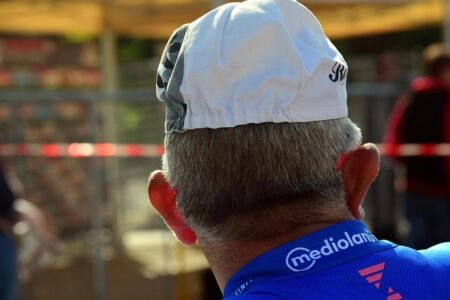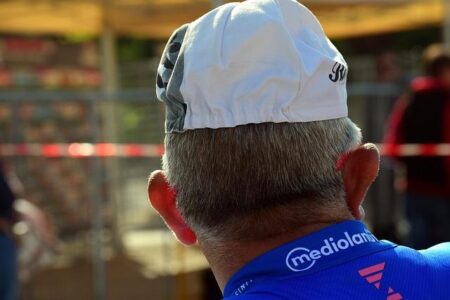A Complete History of the Lance Armstrong Doping Case
In the realm of professional sports, few scandals have captured public attention and ignited fierce debate like the Lance Armstrong doping case.Onc celebrated as an icon of perseverance and triumph against cancer, Armstrong’s fall from grace exposes the dark underbelly of competitive cycling and the pervasive culture of doping that has plagued the sport for decades. from his meteoric rise too seven consecutive Tour de France victories to the devastating revelations of systemic drug use, the Armstrong saga serves as a cautionary tale about ambition, deceit, and redemption. This article delves into the intricate timeline of events surrounding the doping allegations, the subsequent investigations, and the broader implications for athletes and sports ethics, ensuring that the lessons learned from this extraordinary case resonate beyond the cycling world. As we unravel the complexities of Armstrong’s story,we uncover not just the man’s flaws,but also the structures that allowed such behavior to flourish.
An Overview of Lance Armstrong’s Rise in Professional Cycling
Lance Armstrong’s ascent in the world of professional cycling is a tale of remarkable triumph and subsequent controversy. Born in 1971, Armstrong’s early career showed promise, but it was his diagnosis of testicular cancer in 1996 that would redefine his trajectory. Battling thru intense treatment, Armstrong showcased not only physical resilience but also an unwavering determination to return to the sport. After successfully overcoming his illness, he went on to dominate the cycling world, clinching a series of Tour de france victories from 1999 to 2005. His success transformed him into an international sports icon, celebrated for his incredible comeback and the establishment of the LiveStrong Foundation, aimed at supporting cancer survivors.
As Armstrong continued to break records and push the boundaries of endurance, whispers of doping began to circulate within the cycling community. Skepticism grew,yet it wasn’t until a comprehensive examination by the US Anti-Doping Agency (USADA) in 2012 that the truth began to unravel. the agency’s findings outlined a complex doping program that involved not just Armstrong, but his entire cycling team. This scandal exemplified the darker side of competitive sports, where the quest for victory could lead athletes down a path of deceit. The fallout from thes revelations was monumental,resulting in the stripping of his seven Tour de France titles and a permanent tarnishing of his legacy.
The Evolution of Doping Allegations: From Denial to Admission
The saga of doping allegations in professional cycling, particularly in relation to Lance Armstrong, has witnessed a significant transformation over the years. Initially, the atmosphere surrounding the sport was one of staunch denial, with athletes dismissing accusations as unfounded attacks on their integrity. Armstrong himself famously maintained his innocence for over a decade, vehemently denying any involvement with performance-enhancing substances. This period was characterized by high-profile confrontations, accusations of conspiracy, and a culture of silence among peers regarding doping practices.The widespread perception was that these were mere rumors, propagated by jealous competitors and disgruntled ex-teammates.
As investigations intensified and evidence accumulated, the tone began to shift. What started as a defensive posture evolved into a reluctant acknowledgment of wrongdoing. Athletes and officials began to confront the stubborn reality of doping within the sport, culminating in a broad-reaching confession by Armstrong in 2013. His admission of using banned substances such as erythropoietin (EPO) and testosterone marked a pivotal moment, prompting a wave of admissions from other cyclists and changing the narrative around doping. This evolution in dialog reflects not only the growing acceptance of the problem but also a shift towards transparency and accountability in professional sports.
- Initial Reaction: Denial and defense against allegations
- Cultural Silence: Fear of repercussions discouraged truth-telling
- Growing Evidence: Increased scrutiny from media and anti-doping agencies
- Admission Era: more athletes speaking out about doping practices
- Impact on Cycling: Calls for reform and stricter controls
The Impact of the Armstrong Case on Sports Integrity and Anti-Doping Policies
The Lance Armstrong case has forever altered the landscape of sports integrity and anti-doping policies across various athletic disciplines. Prior to the public revelations of Armstrong’s doping, the cycling world struggled with a culture of silence and complicity, where the use of performance-enhancing drugs was prevalent but not widely acknowledged. The fallout from the scandal prompted significant changes in how organizations approach doping violations, leading to a more clear and strict enforcement of anti-doping regulations. Key developments include:
- Increased Testing: Organizations implemented more rigorous testing protocols to enhance detection capabilities.
- Education Initiatives: Athletes are now provided with extensive education on the health risks and ethical implications of doping.
- Stricter Penalties: Longer suspensions and harsher fines have been enacted to deter athletes from engaging in doping practices.
Furthermore, Armstrong’s case has catalyzed discussions regarding the collective duty of not just athletes, but also coaches, sponsors, and sports federations. Institutions like the World Anti-Doping Agency (WADA) have revised their frameworks to include more comprehensive oversight and accountability measures. The influence of the Armstrong scandal has also seeped into popular sports culture, prompting fans and former athletes to advocate for clean sport.A comparative analysis of global anti-doping policies highlights these shifts:
| policy Aspect | Before Armstrong Case | After Armstrong Case |
|---|---|---|
| testing Frequency | Occasional | regular, Year-round |
| Sanction Severity | variable | Standardized, Stricter |
| Athlete Education | Minimal | Extensive Programs Introduced |
Lessons Learned: Recommendations for Future Prevention and transparency in athletics
The Lance armstrong case serves as a stark reminder of the vulnerabilities in the world of competitive sports. To mitigate the risk of future doping scandals and enhance the integrity of athletics,several key recommendations can be proposed.Firstly, implementing comprehensive educational programs aimed at athletes, coaches, and medical staff about the dangers and consequences of doping is essential. These programs should focus on fostering a culture of honesty and accountability within athletic organizations. Secondly, governing bodies need to establish rigorous testing protocols that are consistently enforced to ensure fairness and transparency in competition.
Furthermore, the embrace of technological advancements can play a significant role in preventing doping incidents.Real-time monitoring systems and data analytics can help identify patterns that may indicate doping behavior. Additionally, creating a more transparent reporting framework that encourages whistleblowing without fear of retaliation is crucial. The following table outlines recommended strategies for enhancing prevention and transparency in athletics:
| Strategy | Description |
|---|---|
| Educational Initiatives | Mandatory workshops covering the ethics of sport and consequences of doping. |
| Testing Enhancements | Random and out-of-competition testing through self-reliant agencies. |
| Technological Integration | Utilization of AI and data science to monitor athlete behavior and patterns. |
| whistleblower Protections | Confidential channels for reporting doping with legal protections for informants. |
Wrapping Up
the Lance Armstrong doping case remains a pivotal chapter not only in the world of cycling but also in the broader conversation about performance-enhancing drugs in professional sports. Armstrong’s rise and fall from grace illuminates the complexities and ethical dilemmas faced by athletes in a hyper-competitive habitat.The ramifications of the scandal extended far beyond the cycling community, prompting a reevaluation of regulations, accountability, and the culture of doping in sports at large. As discussions about fairness,integrity,and the lengths to which athletes will go for success continue,Armstrong’s legacy serves as a cautionary tale of ambition,deception,and the enduring quest for redemption. The story of his journey—marked by triumph, controversy, and profound consequences—will undoubtedly resonate for years to come, urging all stakeholders in sports to reflect on the true meaning of victory.











